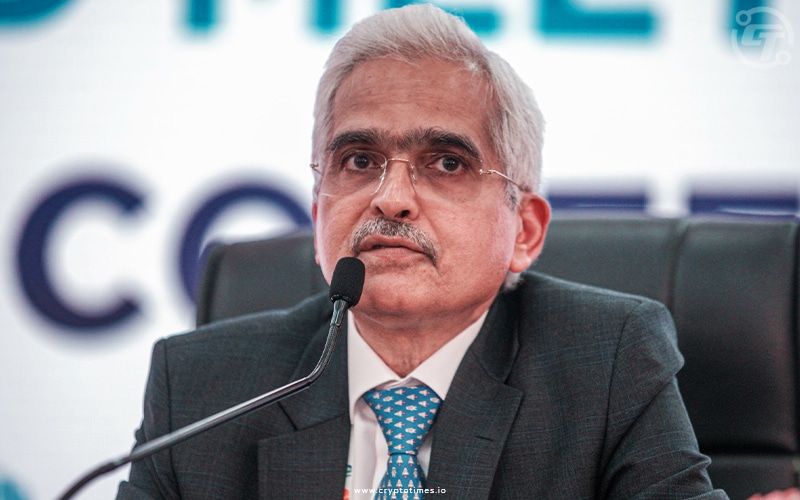Shaktikanta Das, Governor of the Reserve Bank of India, has identified the capacity and likely implications involving digital currency on cross-border payments.
At the World Economic Forum in Davos, Switzerland, Mr. RBI Governor Das described Central Bank Digital Currency (CBDC) as a means of fast and cost-effective international transfers.
The country embraced financial technology by introducing its digital currency in wholesale and retail segments on a pilot level towards the end of 2023.
The Governor noted that the largest advantage of CBDC is its influence on international cross-border payments. He estimates that these transactions will improve their efficiency and cost-saving as other countries adopt it.
However, Das noted that the launch of India’s digital currency would depend on a successful trial and insights gleaned from it as he believes this approach is necessary to serve its best interest.
The digital currency has been made consistent with the UPI by RBI, making it more useful. The eRs-R, an Indian digital currency, is a legal tender token. It provides benefits such as trust, security, and settlement finality in the same denomination as cash.
Additionally, it does not accrue interest as most bank deposits do but can be quickly converted to other forms of money. This initiative aims to simplify offline payments to offer a substitute method for traditional payment methods.
Also Read: RBI Governor Das Warns India on Crypto Risks






